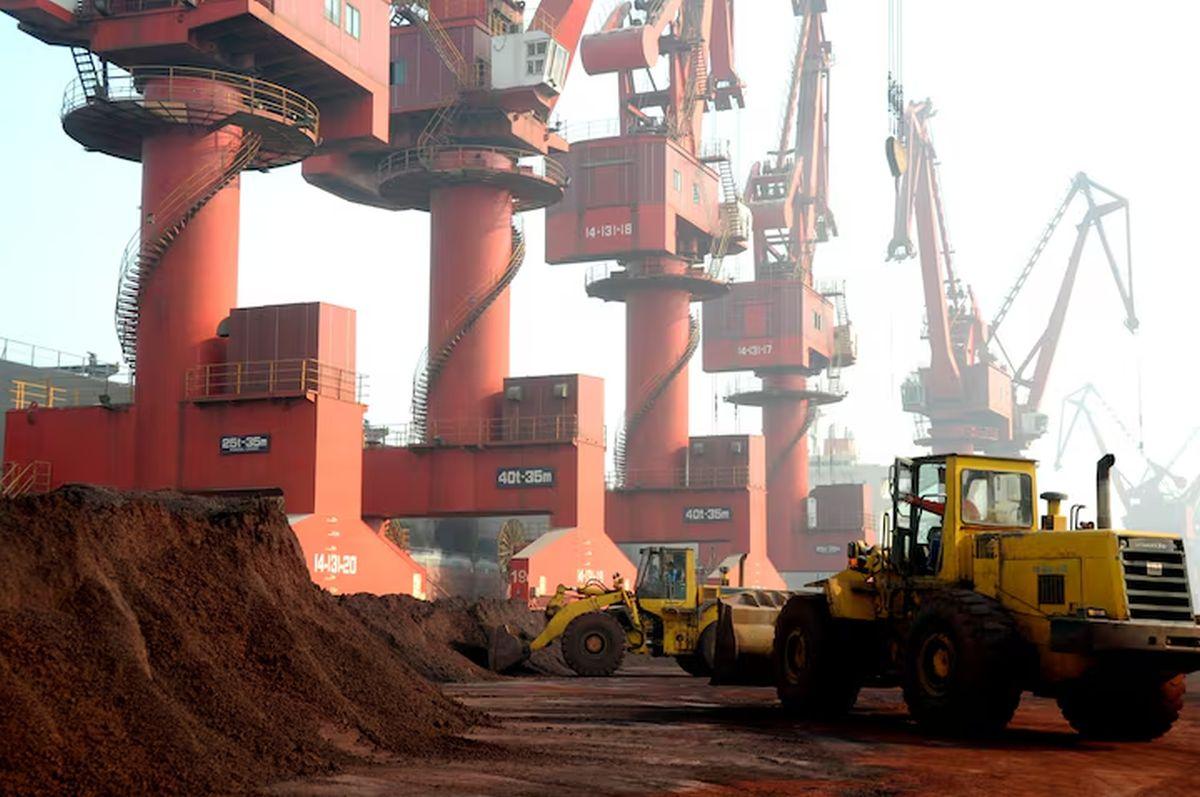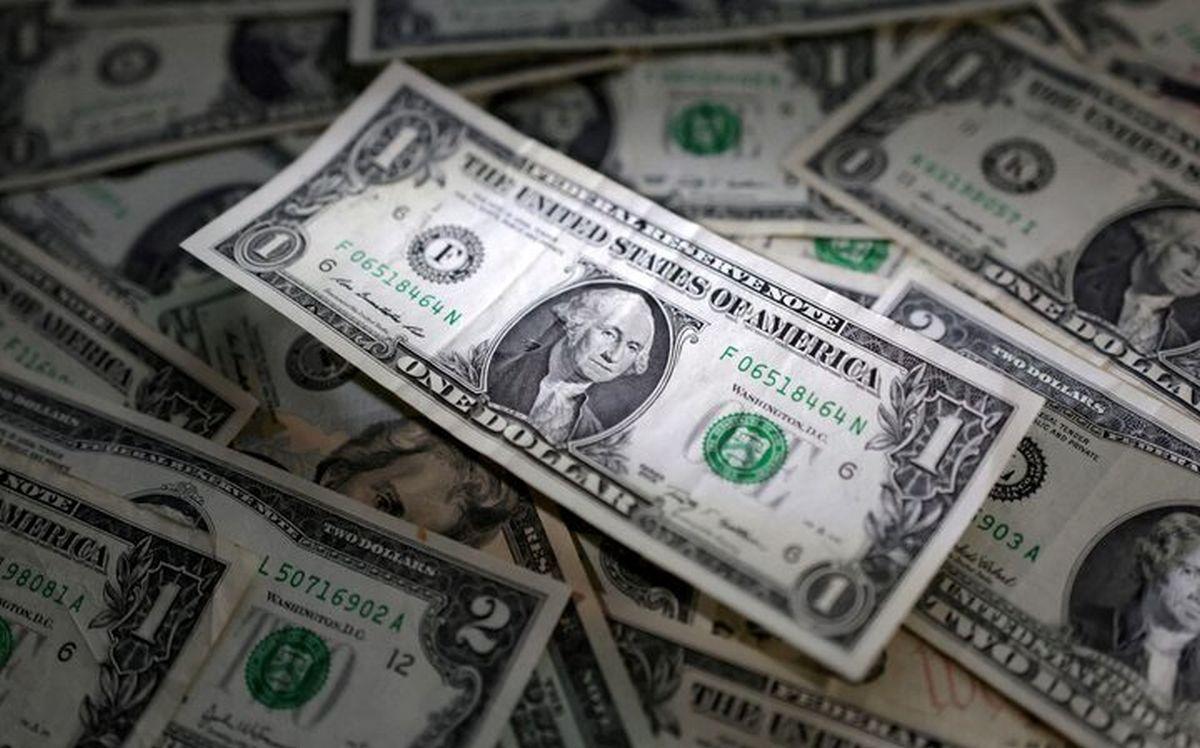Inventories of rare earth magnets used in critical automotive components — particularly electric vehicle (EV) traction motors and power steering systems — could run dry by mid-July this year, according to rating agency Icra.

IMAGE: Workers transport soil containing rare earth elements for export at a port in Lianyungang, Jiangsu province, China. Photograph: Reuters
With China enforcing tighter export controls, industry stakeholders are staring at serious supply bottlenecks that could disrupt production, especially in the EV segment.
China is the source of nearly 85 per cent of India’s rare earth magnet imports.
“The rare earth magnet supply shock is a serious concern, particularly for EVs and premium passenger vehicles,” said Jitin Makkar, senior vice president and group head – corporate ratings, Icra.
“Rare earth magnets, especially neodymium-iron-boron (NdFeB), are indispensable for high-efficiency traction motors and other advanced automotive systems.
“With inventories expected to deplete by mid-July, contingency planning has become urgent.”
Icra’s warning comes after weeks of shipment delays, which began in April when Chinese authorities introduced new licensing rules and intensified inspections.
Customs clearances slowed down significantly, creating unpredictable shipping timelines.
Crisil, another rating agency, has also flagged this as a significant risk to automotive supply chains.
According to its estimates, the current disruption could affect up to 6-7 per cent of quarterly EV production if the issue remains unresolved within the next two months.
India imported around $200 million worth of rare earth magnets in 2024-25 (FY25).
Although the trade value is relatively modest, the strategic reliance on China for these specialised components is under the spotlight.
In electric two-wheelers alone, motors typically cost between Rs 8,000 and Rs 15,000, and rare earth magnets account for nearly 30 per cent of the motor cost.
These magnets are prized for their high magnetic strength, energy efficiency, and thermal stability — properties that are difficult to replicate with conventional alternatives like ferrite magnets.
“The situation has exposed the fragility of India’s high-tech component supply chain,” said an executive from a leading auto components firm.
“Unlike semiconductors, where global players already have a playbook, the options for rare-earth magnets are more limited and fragmented.”
To navigate the crisis, automakers and component suppliers are exploring several stop-gap solutions, including importing fully assembled motors from China, shipping rotors to China for magnet assembly and re-importing them, experimenting with engineered alternatives that replicate the magnetic performance of rare earths without being classified as such, and accelerating the development of magnet-free motors that rely on inductive or electromagnet-based technologies.
However, each of these options presents its own set of challenges.
“These are not quick fixes,” Makkar said. “They involve engineering validation, regulatory clearances, and logistics that could take months to stabilise.”
The current crunch has reignited calls for building domestic capabilities in rare earth processing and advanced magnet manufacturing.
India has rare earth reserves but lacks large-scale refining and separation infrastructure, which is key to producing high-performance magnets like NdFeB.




